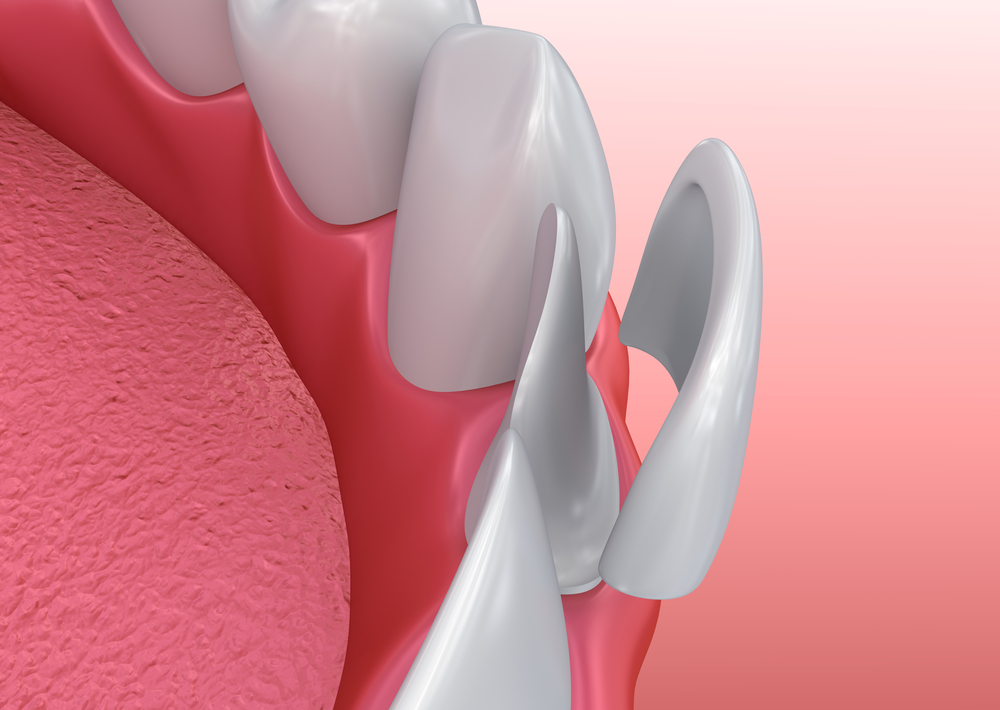Emax Veneers in Vancouver
Achieve a Brilliant, Confident Smile
At Cambie Marine Gateway Dental, we specialize in creating beautiful, natural-looking smiles with Emax veneers. Whether you want to correct discoloration, chips, gaps, or worn teeth, Emax veneers offer a durable, long-lasting solution that can dramatically enhance your smile's appearance and boost your confidence.

What Are Emax Veneers?
Emax veneers, sometimes referred to as laminates, are ultra-thin, custom-made shells that are bonded to the front surface of your teeth. Made from high-quality tooth-colored porcelain, veneers are designed to:
- Completely cover imperfections
- Improve the size, shape, and color of teeth
- Deliver a natural, radiant smile
While veneers can be made from composite resin, Emax veneers are the preferred choice for their superior durability, stain resistance, and realistic appearance. With proper care, Emax veneers can last up to ten years or longer.
Benefits of Emax Veneers
Patients choose Emax veneers for a variety of reasons, including:
- Correcting tooth discoloration that whitening treatments cannot fix
- Restoring worn-down teeth caused by grinding
- Creating a more uniform shape and alignment for uneven teeth
- Repairing chipped or broken teeth from injury or accidents
- Closing gaps between teeth (diastema)
- Achieving a brighter, straighter, and more youthful smile
Many of the brilliant smiles you see on celebrities, models, and public figures are enhanced by poEmax celain veneers.
Common Uses for Emax Veneers
Emax veneers are ideal for addressing a wide range of dental concerns:
- Permanent staining:
Certain medications like tetracycline can cause deep stains that whitening cannot remove. - Gaps between teeth:
Wider gaps, known as diastema, can be closed with veneers to create a more uniform smile. - Chipped or broken teeth:
Veneers can restore the appearance of teeth that have been visibly chipped, cracked, or fractured, especially in the front of the mouth.
The Emax Veneer Application Process
Getting Emax veneers typically involves several carefully planned steps:
Step 1: Consultation and Treatment Planning
- Comprehensive exam to diagnose and treat any existing dental issues, such as cavities.
- Discussion of your goals regarding tooth shape, color, and number of veneers needed.
- Digital imaging, x-rays, and impressions taken for precise treatment planning.
Step 2: Tooth Preparation
- Removal of approximately 0.5 millimeters of enamel from the surface of each tooth receiving a veneer.
- New impressions are taken and sent to the dental lab for the fabrication of custom veneers.
- Temporary veneers may be placed to protect prepared teeth.
Step 3: Veneer Placement and Bonding
- Once your custom veneers are ready, the dentist checks the fit, color, and shape.
- Teeth are thoroughly cleaned and etched to prepare for bonding.
- Veneers are securely bonded to each tooth using a special dental adhesive.
- Final adjustments are made to ensure a perfect fit and bite.
After the final bonding, you will leave the office with a stunning, natural-looking new smile that you can feel proud of.
Book Your Emax Veneers Consultation Today
Enhance your smile with the beauty and strength of Emax veneers at Cambie Marine Gateway Dental in Vancouver.
Our experienced team is ready to help you achieve the smile you have always wanted. Contact us today to schedule your personalized consultation
